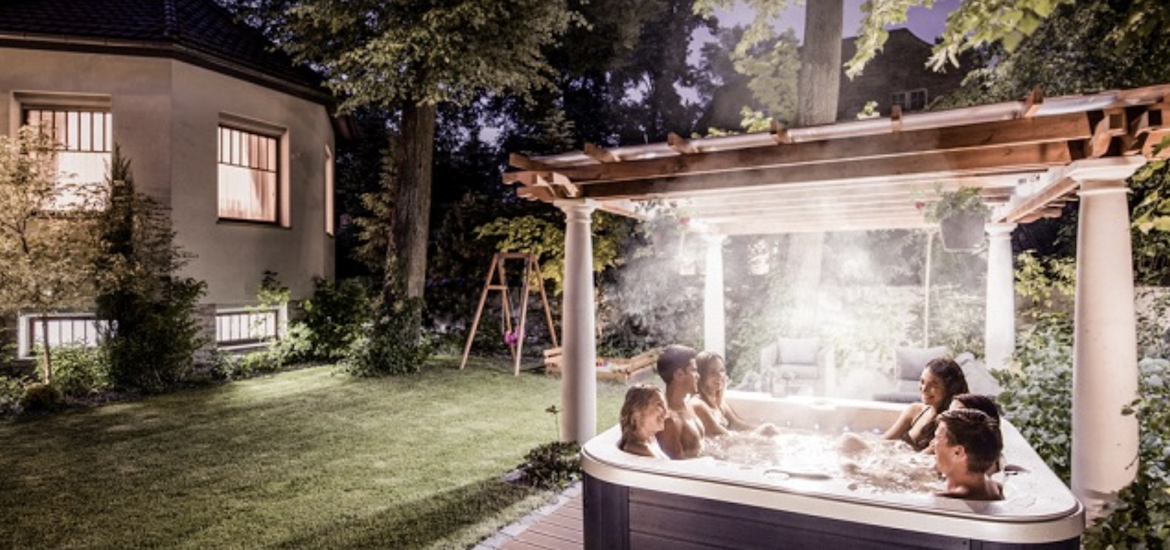A spa heater keeps your water warm and comfortable, making every soak enjoyable.
But how exactly does a spa heater work? From the types of heaters available to their cost-effectiveness and energy efficiency, understanding these details can help you choose and maintain the best system for your spa.
Key Takeaways:
- Spa heaters come in three types: electric heaters, heat pumps, and gas heaters.
- Heat pumps can reduce heating costs by up to 75%.
- Running a spa heater costs about $3 per day.
- Spa heaters range in price from $400 to over $1000.
- Circulating water evenly helps maintain consistent spa warmth.








